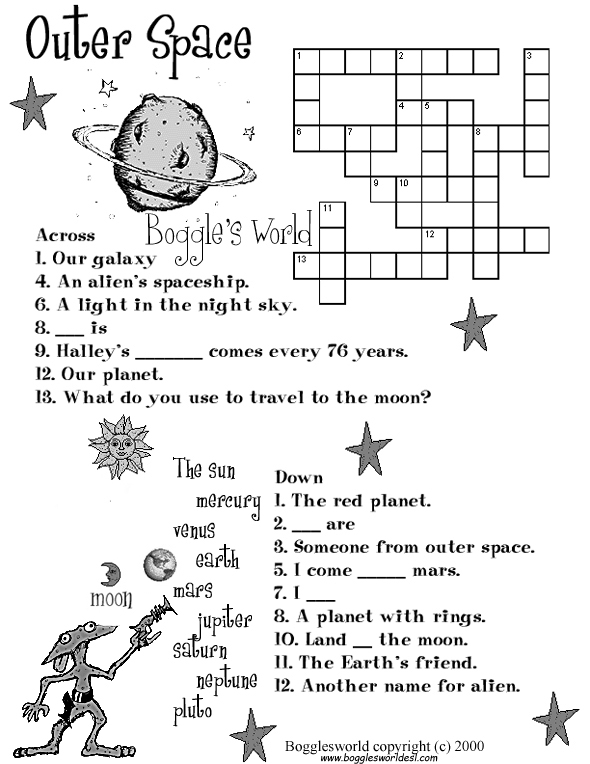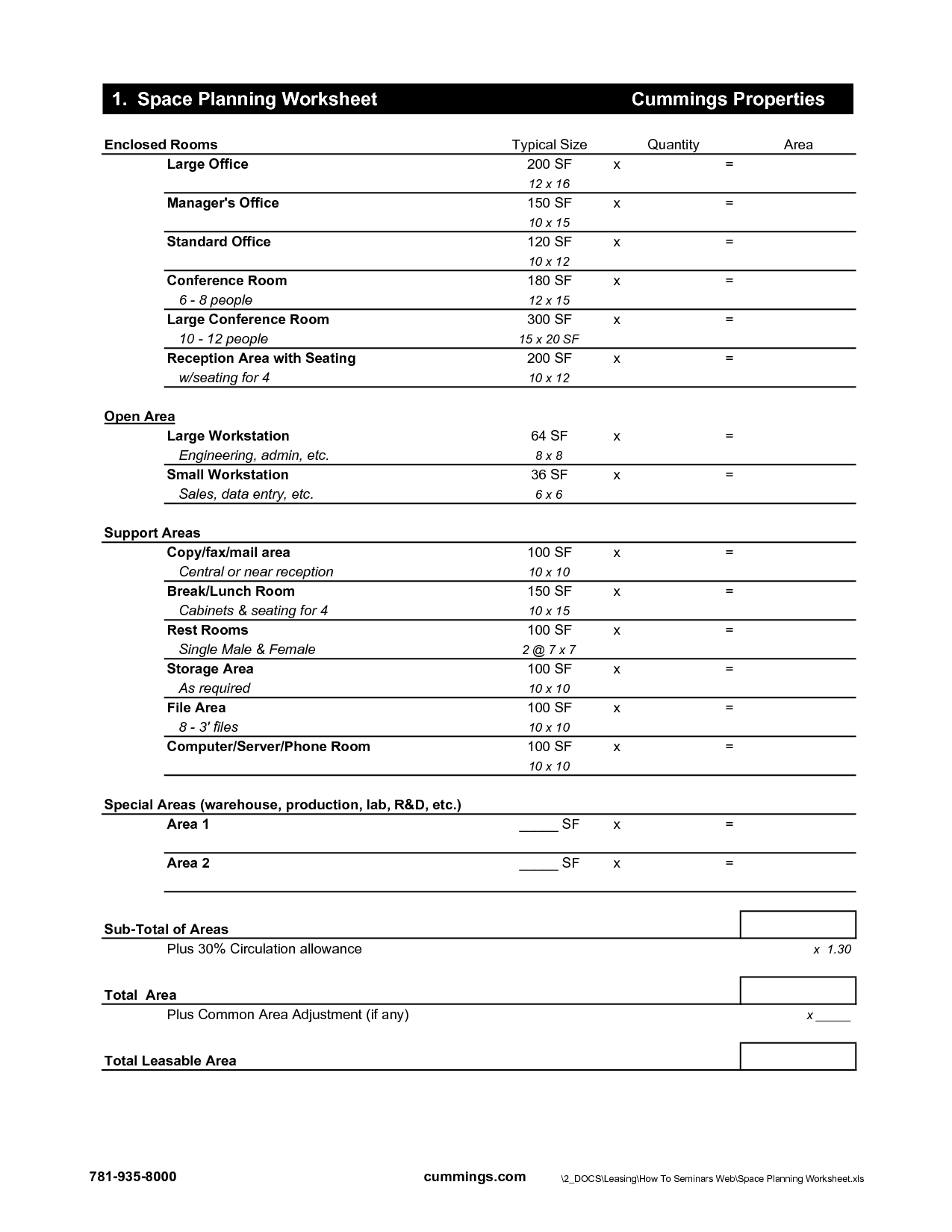Worksheet About the Space
Are you an aspiring astronomer or a space enthusiast searching for a comprehensive and engaging educational resource? Look no further! We have developed a remarkable worksheet about the vast realm of space. This worksheet is specifically designed for science enthusiasts, students, or anyone interested in gaining a deeper understanding of the subject.
Table of Images 👆
More Other Worksheets
Kindergarten Worksheet My RoomSpanish Verb Worksheets
Cooking Vocabulary Worksheet
DNA Code Worksheet
Meiosis Worksheet Answer Key
Art Handouts and Worksheets
7 Elements of Art Worksheets
All Amendment Worksheet
Symmetry Art Worksheets
Daily Meal Planning Worksheet
What is the definition of a planet?
A planet is a celestial body that orbits around a star, is spherical in shape due to its own gravity, and has cleared its orbit of other debris.
Name three characteristics of the Sun.
The Sun is a star, the center of our solar system, and a massive ball of glowing gases primarily composed of hydrogen and helium. It emits heat and light energy through nuclear fusion reactions in its core, has a diameter of about 1.4 million kilometers, and its gravitational pull holds the planets in orbit around it.
Describe Earth's atmosphere and its composition.
Earth's atmosphere is a layer of gases that surrounds the planet, held in place by gravity. It is composed of roughly 78% nitrogen, 21% oxygen, and trace amounts of other gases like carbon dioxide, argon, and water vapor. These gases play a crucial role in regulating Earth's temperature, protecting us from harmful solar radiation, and providing the air we breathe. Additionally, the atmosphere contains different layers, each with unique characteristics and functions such as the stratosphere where the ozone layer is located.
Explain the concept of gravity and its role in the universe.
Gravity is a fundamental force of nature that causes objects with mass to be attracted to each other. It is responsible for keeping planets in orbit around the sun, galaxies together, and shaping the structure of the universe. Gravity is pivotal in the formation and evolution of celestial bodies, influencing their motion, shape, and interactions. It plays a crucial role in shaping the universe at both macroscopic and microscopic levels, governing everything from the expansion of the cosmos to the behavior of individual particles.
What causes the phases of the Moon?
The phases of the Moon are caused by the varying angles at which the Sun's light illuminates the Moon as it orbits the Earth. As the Moon orbits the Earth, we see different portions of its illuminated side, creating the different phases such as new moon, crescent, first quarter, gibbous, full moon, and so on. The changing angles of sunlight hitting the Moon's surface result in the different phases that we observe from Earth.
Describe the process of the formation of stars.
Stars are formed from vast clouds of gas and dust called nebulae. The process begins when gravity causes the nebula to collapse, creating a dense core called a protostar. As the protostar continues to collapse, it heats up and eventually reaches temperatures high enough for nuclear fusion to start in its core, leading to the formation of a star. The newly formed star then goes through various stages of evolution, depending on its mass, until it eventually exhausts its nuclear fuel and undergoes a transformation into a white dwarf, neutron star, or black hole.
Discuss the importance of space exploration in scientific research.
Space exploration plays a crucial role in scientific research by providing invaluable opportunities to advance our understanding of the universe and the fundamental laws of nature. By studying celestial bodies, phenomena, and environments beyond Earth, scientists can make groundbreaking discoveries about the origins of the universe, the existence of extraterrestrial life, and the principles that govern various physical processes. Furthermore, space exploration allows for the development of innovative technologies and solutions that have far-reaching benefits for society, including in the fields of medicine, communication, and environmental sustainability. Overall, the knowledge gained from space exploration not only expands our scientific knowledge but also inspires future generations to pursue ambitious endeavors and push the boundaries of human knowledge and capability.
Explain the difference between a meteor and a meteorite.
A meteor is a flash of light that occurs when a space rock (meteoroid) enters Earth's atmosphere and vaporizes due to friction, creating a streak of light known as a shooting star. On the other hand, a meteorite is a space rock that survives its journey through the atmosphere and lands on Earth's surface. So in summary, a meteor is the light phenomenon caused by a meteoroid burning up in the atmosphere, while a meteorite is the solid remnant of a meteoroid that has landed on Earth's surface.
Describe the asteroid belt and its location in our solar system.
The asteroid belt is a region of space located between the orbits of Mars and Jupiter in our solar system. It is composed of millions of small rocky bodies, remnants of the early solar system's formation that never coalesced into a planet. These asteroids vary in size from tiny pebbles to hundreds of kilometers in diameter, with the largest asteroid being Ceres. The asteroid belt serves as a barrier between the inner rocky planets and the outer gas giants, helping to prevent large bodies from forming in that region.
Discuss the potential effects of space travel on the human body.
Space travel can have various effects on the human body, such as muscle and bone loss, cardiovascular deconditioning, impaired immune function, and visual changes. Extended exposure to microgravity in space can lead to muscle atrophy and decreased bone density, as the body no longer needs to support itself against gravity. Additionally, the cardiovascular system can weaken in the absence of gravity, affecting blood circulation and the heart's ability to pump blood effectively. Furthermore, the immune system may be compromised due to stress and radiation exposure in space, leaving astronauts more vulnerable to infections. Finally, changes in fluid distribution in the body can impact vision, causing astronauts to experience visual disturbances during and after space missions. Developing countermeasures and researching these effects is crucial to ensure the health and well-being of astronauts on long-duration space missions.
Have something to share?
Who is Worksheeto?
At Worksheeto, we are committed to delivering an extensive and varied portfolio of superior quality worksheets, designed to address the educational demands of students, educators, and parents.























Comments